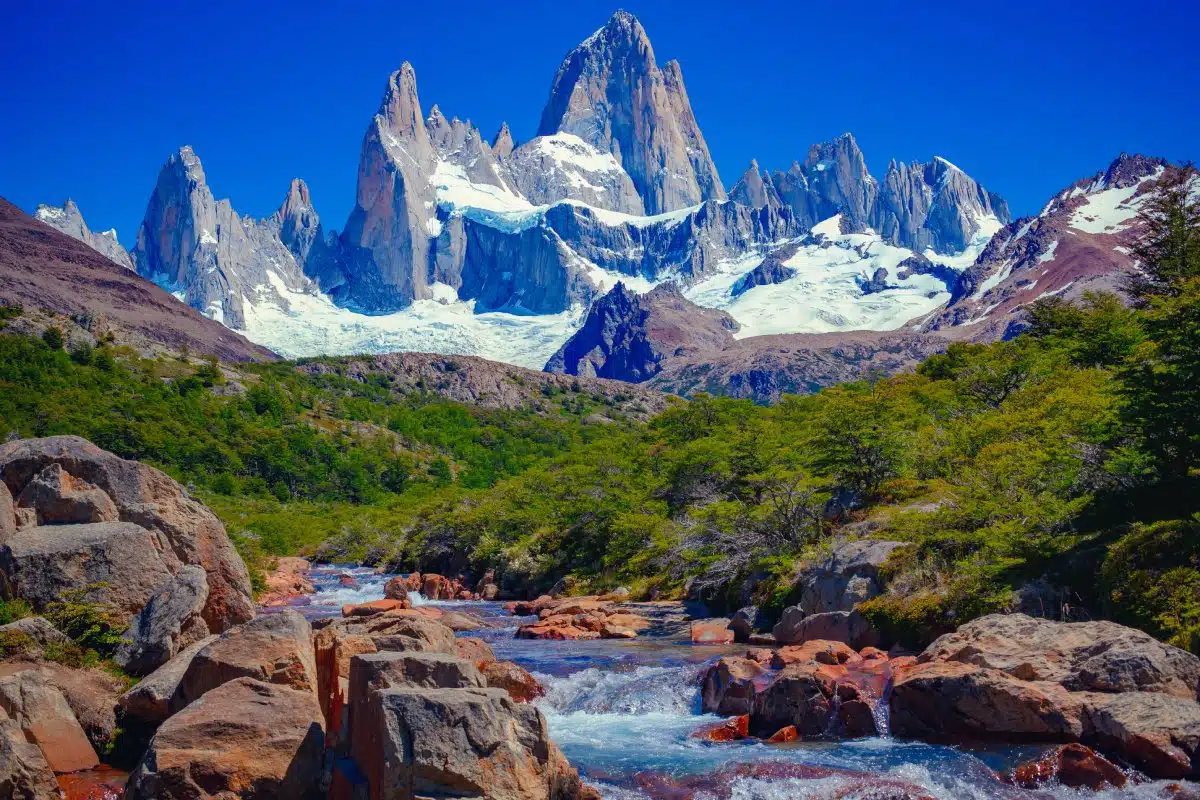Trekking across the Andes offers an unparalleled opportunity to connect with the natural beauty and rich cultural heritage of South America. Stretching over 7,000 kilometers across seven countries, the Andes are myriad of landscapes and cultures. Treks in this region can vary from lush cloud forests and high-altitude deserts to ancient ruins and vibrant indigenous communities. This guide focuses on treks that challenge and inspire, promote sustainable travel, and provide meaningful support to local communities.
A Brief History of the Andes
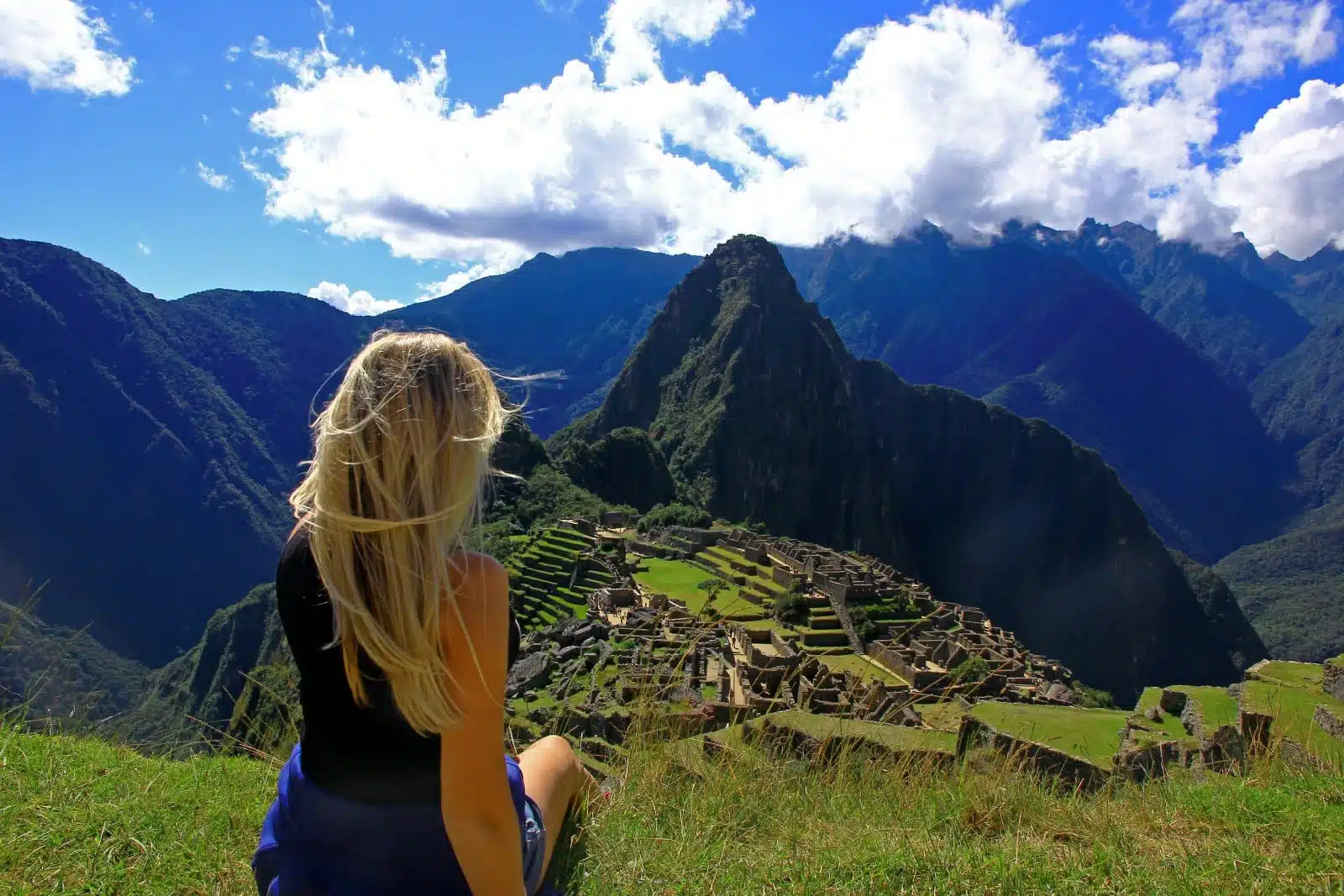
Image Credit: Shutterstock / Jane Petrick
The Andes Mountains, the world’s longest continental mountain range, stretch approximately 7,000 kilometers (4,300 miles) along the western edge of South America. This vast range spans seven countries: Venezuela, Colombia, Ecuador, Peru, Bolivia, Chile, and Argentina, and has been a significant geographical feature influencing the region’s climate, biodiversity, and human settlement patterns for millennia.
The formation of the Andes began during the Late Jurassic period, around 150 million years ago, due to the subduction of the Nazca Plate beneath the South American Plate. This geological process led to the uplift of the mountain range, a phenomenon that continues today, making the Andes a region of high seismic and volcanic activity. The Andes are home to several of the highest peaks in the Western Hemisphere, including Aconcagua in Argentina, which rises to 6,960.8 meters (22,837 ft) above sea level.
Human activity in the Andes dates back to at least 12,000 years ago, with early inhabitants adapting to the mountains’ diverse and often harsh environments. These early Andean societies developed sophisticated agricultural techniques, including terracing and irrigation, to cultivate crops such as potatoes, maize, and quinoa, which remain staple foods in the region.
The Andes played a central role in developing pre-Columbian civilizations, most notably the Inca Empire, which emerged in the early 13th century in the Peruvian highlands. The Incas built an extensive network of roads and trails, including the famous Inca Trail to Machu Picchu, to connect their vast empire stretching from southern Colombia to central Chile. The strategic location of the Andes allowed the Incas to control the movement of goods and people, facilitating the spread of their culture and political power throughout the region.
The arrival of Spanish conquistadors in the 16th century marked the beginning of a new era in Andean history. The Spanish conquest led to significant cultural, social, and economic changes, including the introduction of new crops and animals and the forced labor of indigenous peoples in silver mines and haciendas. Despite these challenges, Andean communities have retained a strong connection to their ancestral lands and traditions, which continue to shape their identity and way of life.
Today, the Andes are a region of rich cultural diversity, home to millions of people who speak various indigenous languages alongside Spanish. The mountains continue to be a source of natural resources, including minerals, forests, and freshwater, supporting the economies of Andean countries. However, the Andes also face environmental challenges, such as climate change, deforestation, and glacier retreat, which threaten the sustainability of the region’s ecosystems and the livelihoods of its inhabitants.
1. The Inca Trail to Machu Picchu, Peru
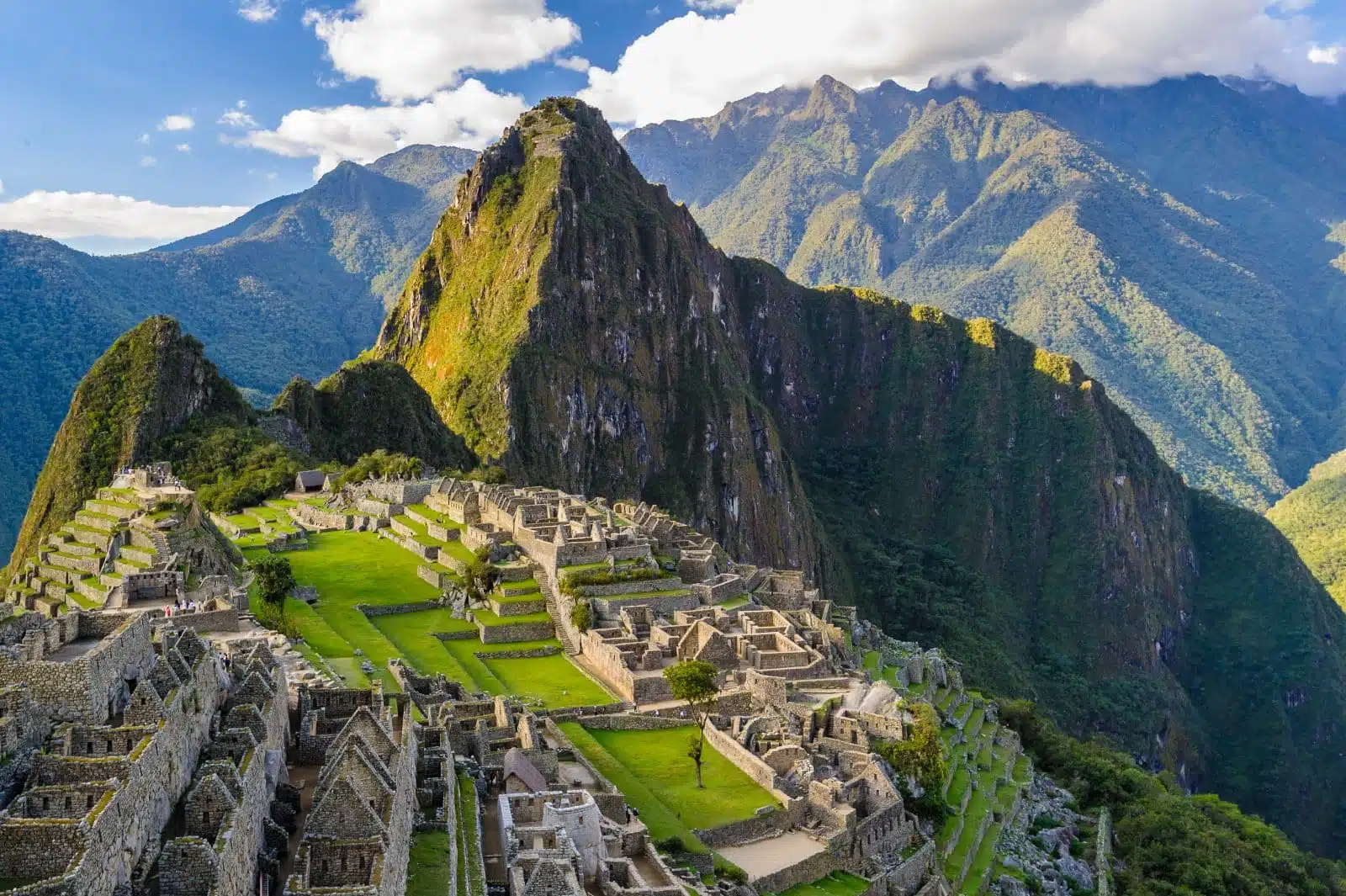
Image Credit: Shutterstock / Anton_Ivanov
The Inca Trail is perhaps the most famous trek in the Andes, leading adventurers through the heart of the former Inca Empire to the iconic ruins of Machu Picchu. This four-day trek covers approximately 43 kilometers, passing through various ecosystems, from cloud forests to alpine tundras, showcasing a series of smaller Inca sites. The journey is as much about experiencing the breathtaking landscapes and ancient pathways as it is about arriving at the awe-inspiring Machu Picchu at sunrise on the final day.
Insider’s Tip: Book your trek well in advance, as permits are limited and often sell out months ahead. Choosing a responsible tour operator that employs local guides and porters ensures that your trek benefits the communities you pass through.
When to Travel: The dry season from May to September offers the best conditions for trekking, with clearer skies and lower rainfall.
How to Get There: The trek begins at the Kilometer 82 marker, accessible by train or bus from Cusco. Most tour operators include transportation from Cusco to the trailhead in their packages.
2. The Quilotoa Loop, Ecuador
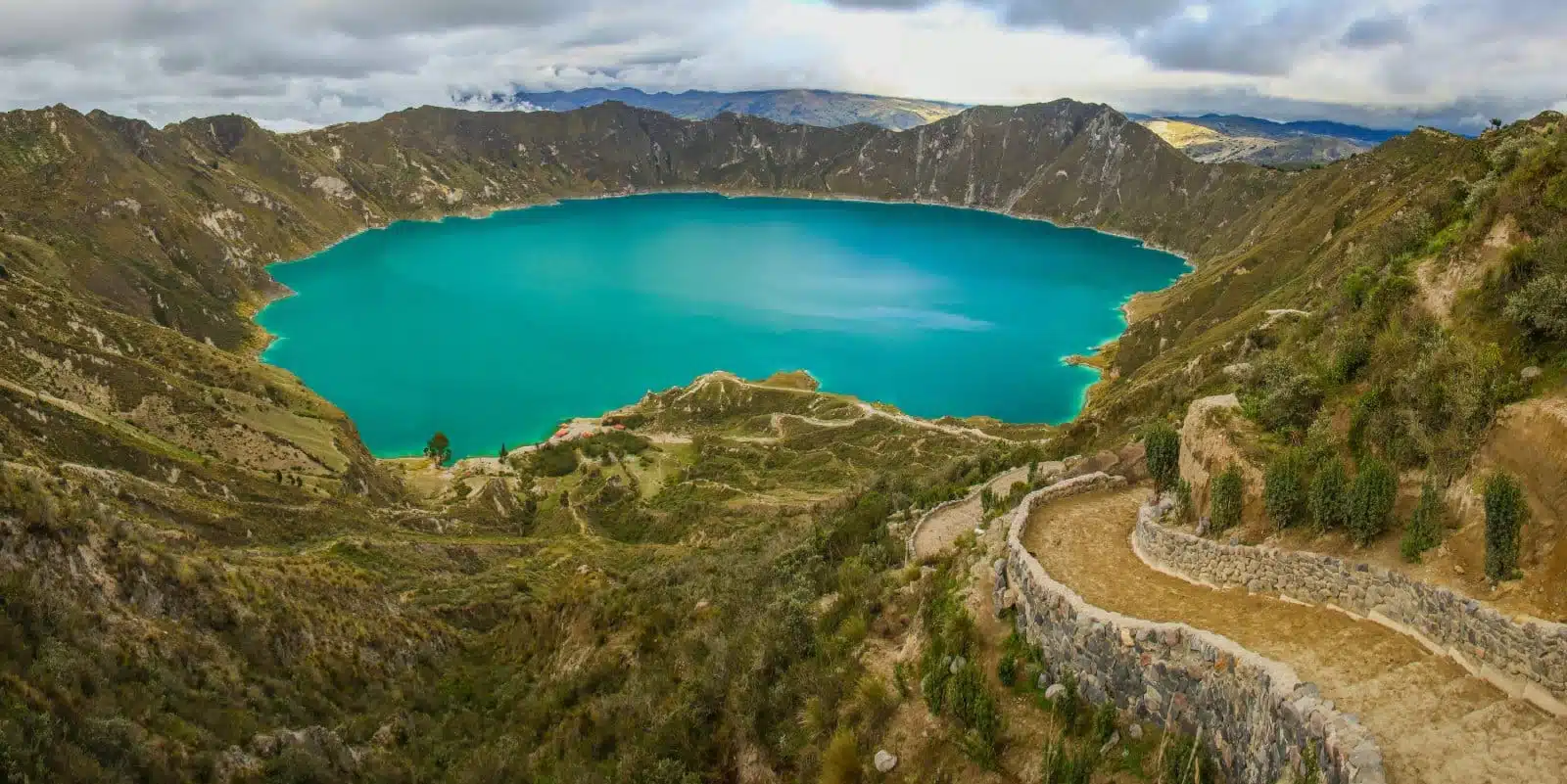
Image Credit: Shutterstock / Ludmila Ruzickova
The Quilotoa Loop is a multi-day trek that takes hikers through the breathtaking Andean highlands of Ecuador, culminating at the stunning Quilotoa Crater Lake. This trek can be tailored to various lengths but typically spans three to five days, passing through remote indigenous villages, verdant valleys, and traditional markets. It offers trekkers a unique opportunity to immerse themselves in the local Kichwa culture and support community-run tourism initiatives.
Insider’s Tip: Stay in community-run hostels or homestays along the route to directly support local families and learn more about their way of life.
When to Travel: June to September is the best period for trekking, with drier conditions and clearer views.
How to Get There: The loop is most commonly accessed from Latacunga, which is reachable by bus from Quito. From Latacunga, transportation to the starting point of the trek can be arranged through local hostels or tour operators.
3. The Ausangate Trek, Peru
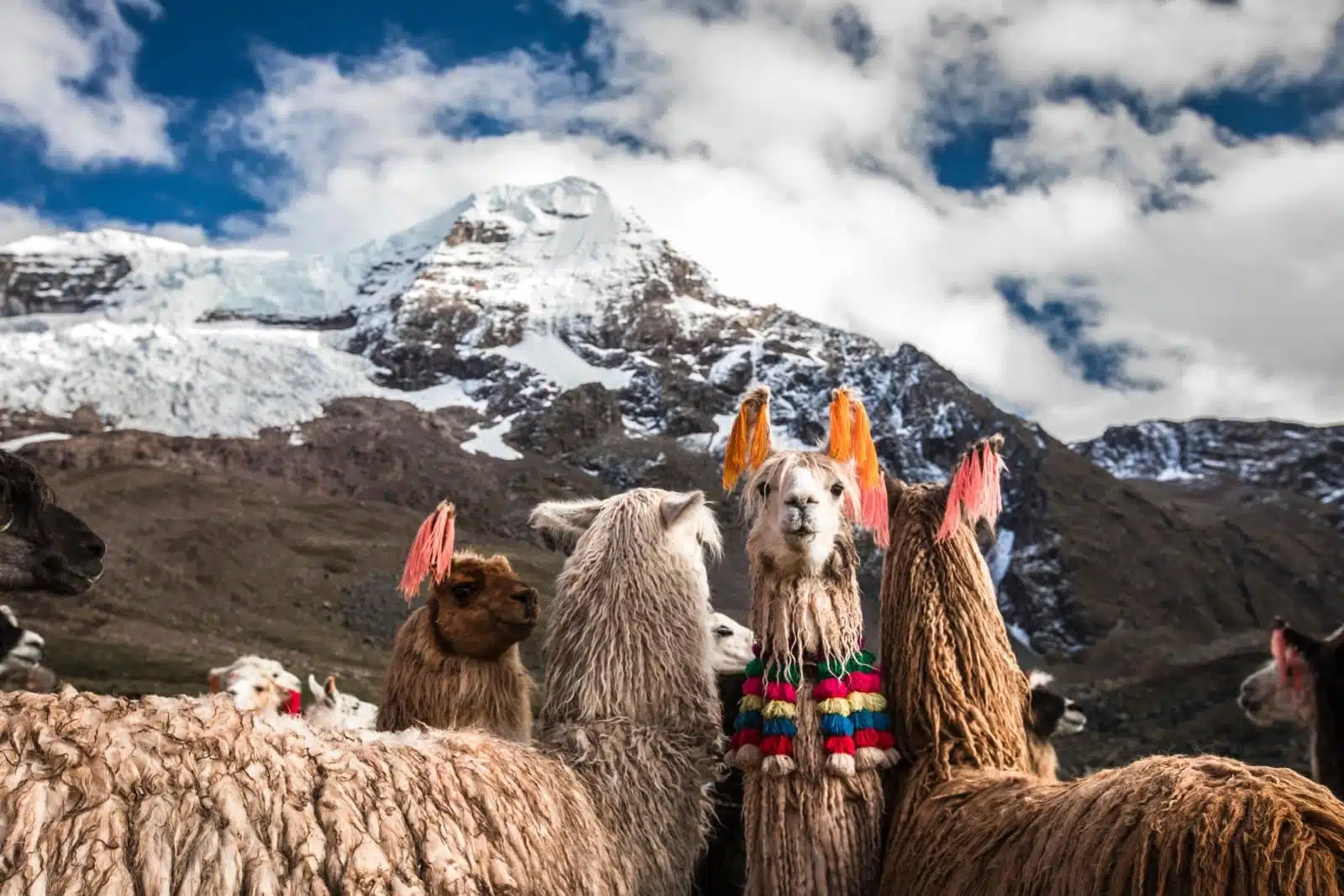
Image Credit: Shutterstock / Christian Declercq
The Ausangate Trek is a high-altitude circuit around Ausangate Mountain, the highest peak in the Cusco region. This challenging five to seven-day trek takes hikers past glacial lakes, hot springs, and some of the most dramatic mountain scenery in the Andes. Unlike the more famous Inca Trail, the Ausangate Trek offers a sense of solitude and unspoiled natural beauty, with opportunities to witness traditional Andean herding communities and their way of life.
Insider’s Tip: Engage with local guides who can provide insights into the significance of Ausangate in Andean cosmology and ensure that your visit respects local customs and supports the economy.
When to Travel: The best time for this trek is during the dry season, from May to September, when the weather is more stable and the paths are less muddy.
How to Get There: The trek typically starts and ends in the small town of Tinqui, accessible by bus from Cusco. Your tour operator will usually arrange transportation to the trailhead.
4. The W Trek, Torres Del Paine, Chile
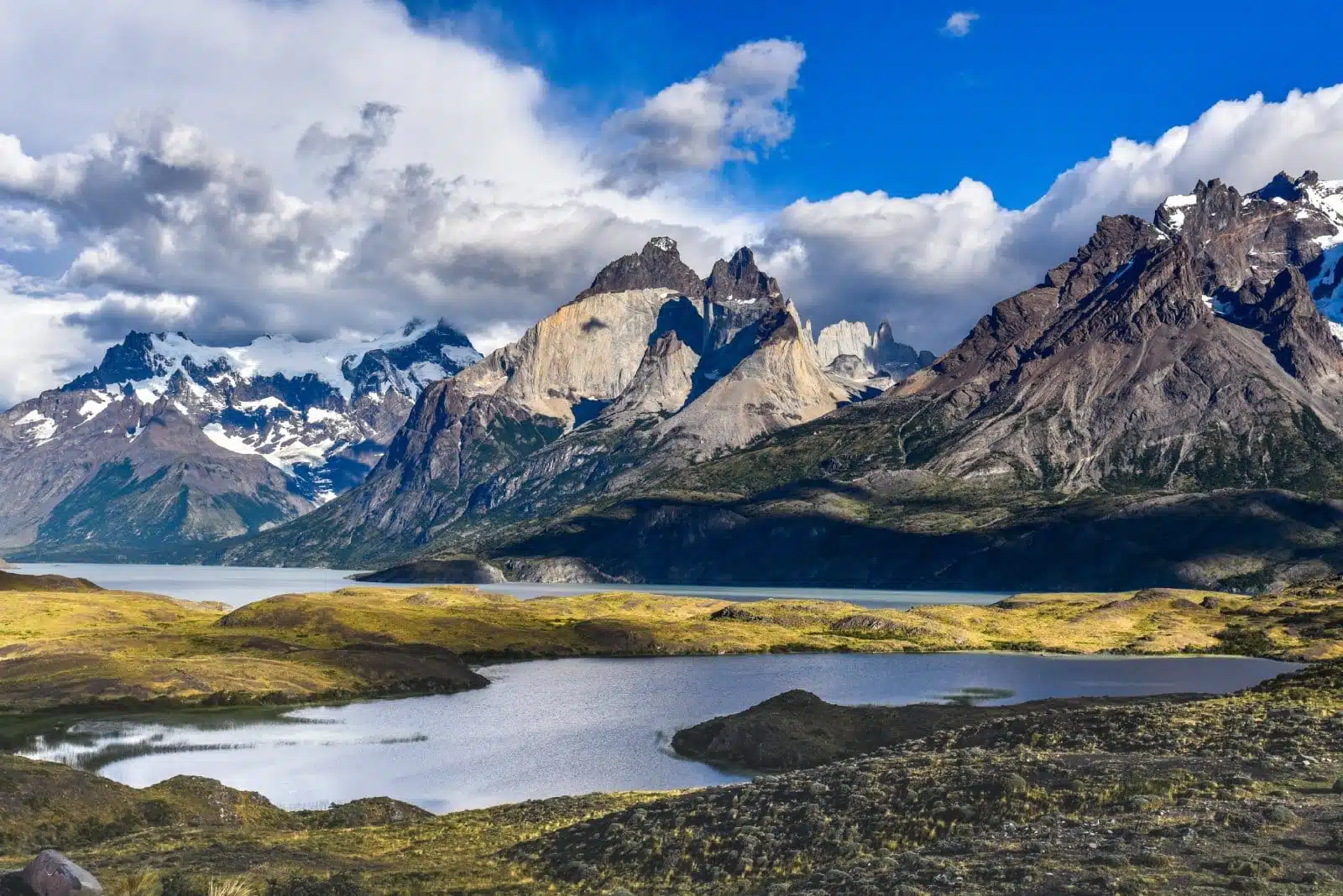
Image Credit: Shutterstock / Mark Green
The W Trek in Torres del Paine National Park is one of South America’s most iconic hiking routes, named for the shape of the path that takes trekkers through the park’s most stunning features over five days. This trek offers breathtaking views of granite towers, glaciers, lakes, and forests. The route supports sustainable tourism practices, with well-managed campsites and efforts to preserve the park’s fragile ecosystems. Trekkers can engage with local guides who provide insights into the region’s unique biodiversity and the conservation efforts to protect it.
Insider’s Tip: Consider booking with tour operators who are contributing to local conservation projects. This enhances your trekking experience and helps ensure the park’s preservation for future generations.
When to Travel: The best time to trek is during the Southern Hemisphere’s summer, from November to early March, when the weather is milder and the days are longer.
How to Get There: Fly into Punta Arenas, Chile, and then take a bus or a shuttle service to Puerto Natales, the gateway to Torres del Paine National Park. From Puerto Natales, regular bus services take visitors directly to the park.
5. The Choquequirao Trek, Peru
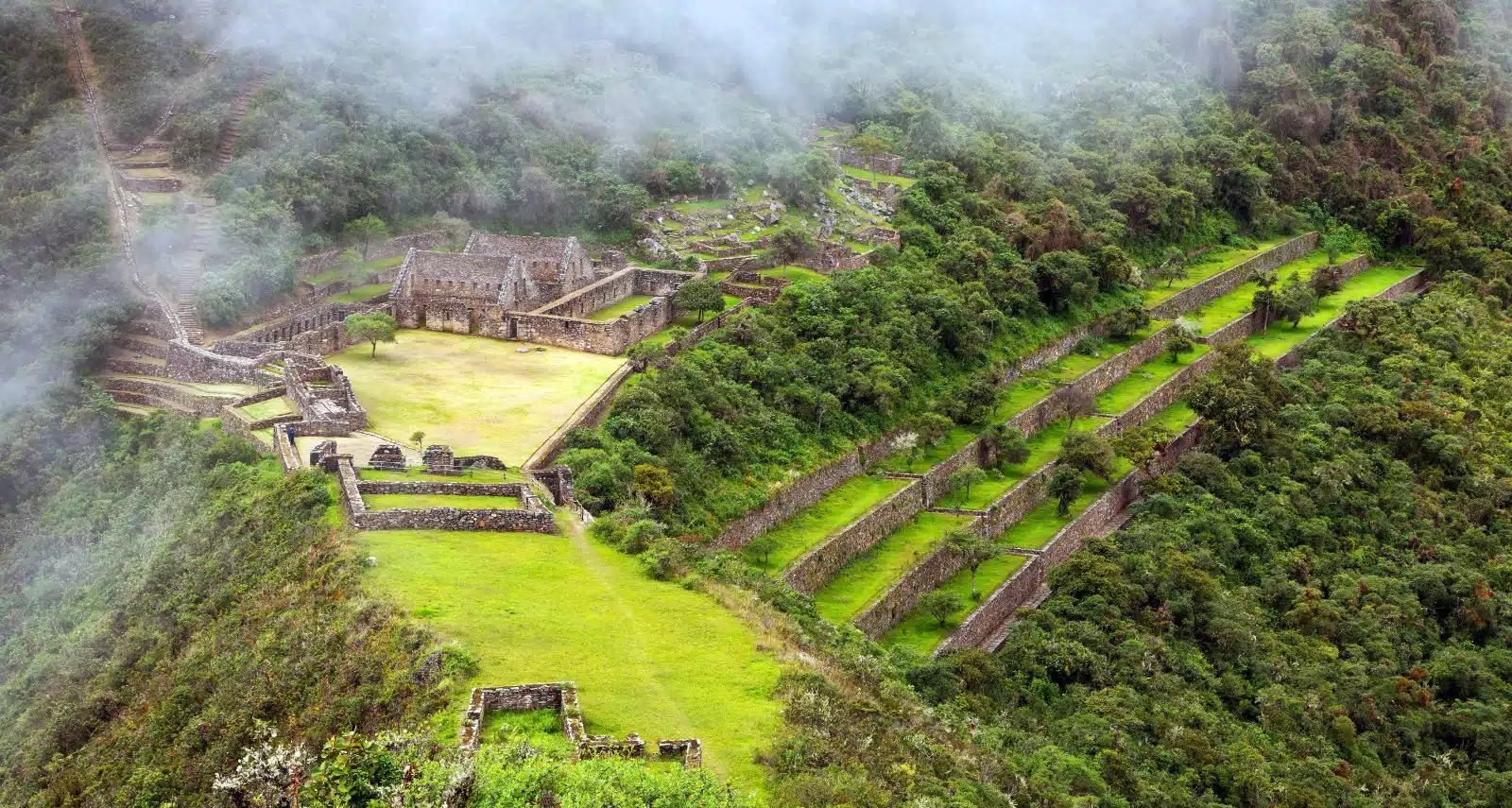
Image Credit: Shutterstock / Daniel Prudek
Often hailed as the ‘sister city’ of Machu Picchu, Choquequirao is a remote Inca site with fewer visitors, offering a more secluded trekking experience. The challenging four to five-day trek to Choquequirao traverses rugged terrain with stunning views of the Apurimac River canyon. This trek supports local communities by employing local guides and muleteers and bringing economic benefits to less-visited areas.
Insider’s Tip: Pack light but ensure you have essentials, as the trek’s remote nature means fewer amenities along the way. Hiring local muleteers supports the community and makes the trek more enjoyable.
When to Travel: The ideal months are during the dry season, from May to September, to avoid heavy rains and muddy trails.
How to Get There: The trek usually starts from Cusco, where you can join a guided tour that will handle transportation to the trailhead near Capuliyoc, a few hours’ drive from Cusco.
6. The El Choro Trek, Bolivia
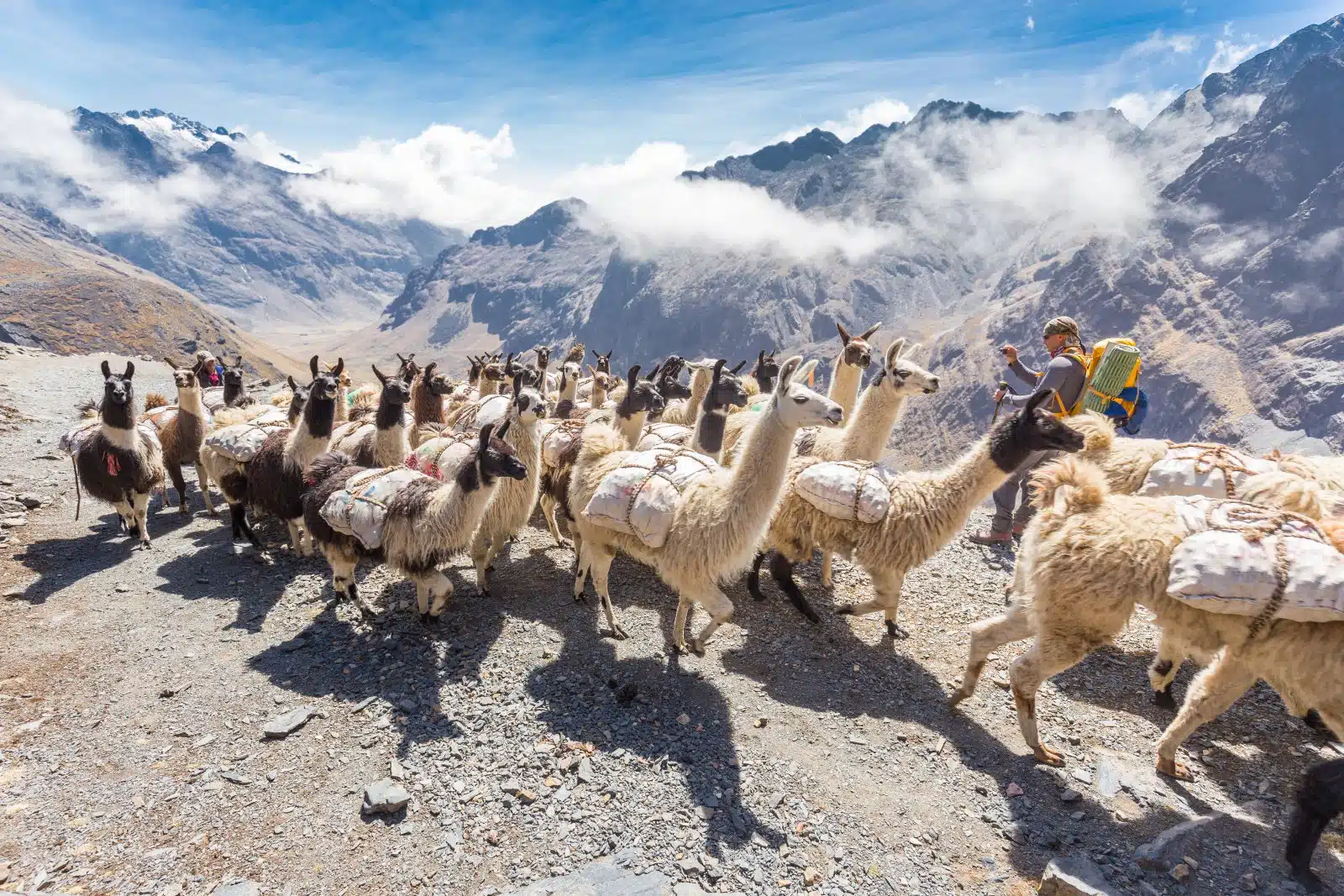
Image Credit: Shutterstock / Evgeny Subbotsky
Starting high in the Andes near La Paz and descending into the lush Yungas region, the El Choro Trek is a three-day journey that dramatically changes landscapes and climates. This ancient Inca trail passes through traditional indigenous communities, cloud forests, and waterfalls. The trek provides an opportunity to learn about the local Aymara and Quechua cultures and supports community-based tourism initiatives.
Insider’s Tip: Bring gifts or school supplies for local children to give back to the communities you visit. Always ask your guide for the most appropriate and respectful way to engage with local communities.
When to Travel: The best time for this trek is during the dry season, from April to October, to enjoy clearer paths and better weather.
How to Get There: Begin in La Paz, Bolivia, where tour operators offer packages that include transportation to the starting point at La Cumbre. The trek ends in the Yungas region, from where your tour operator typically arranges transport back to La Paz.
7. The Lares Trek, Peru
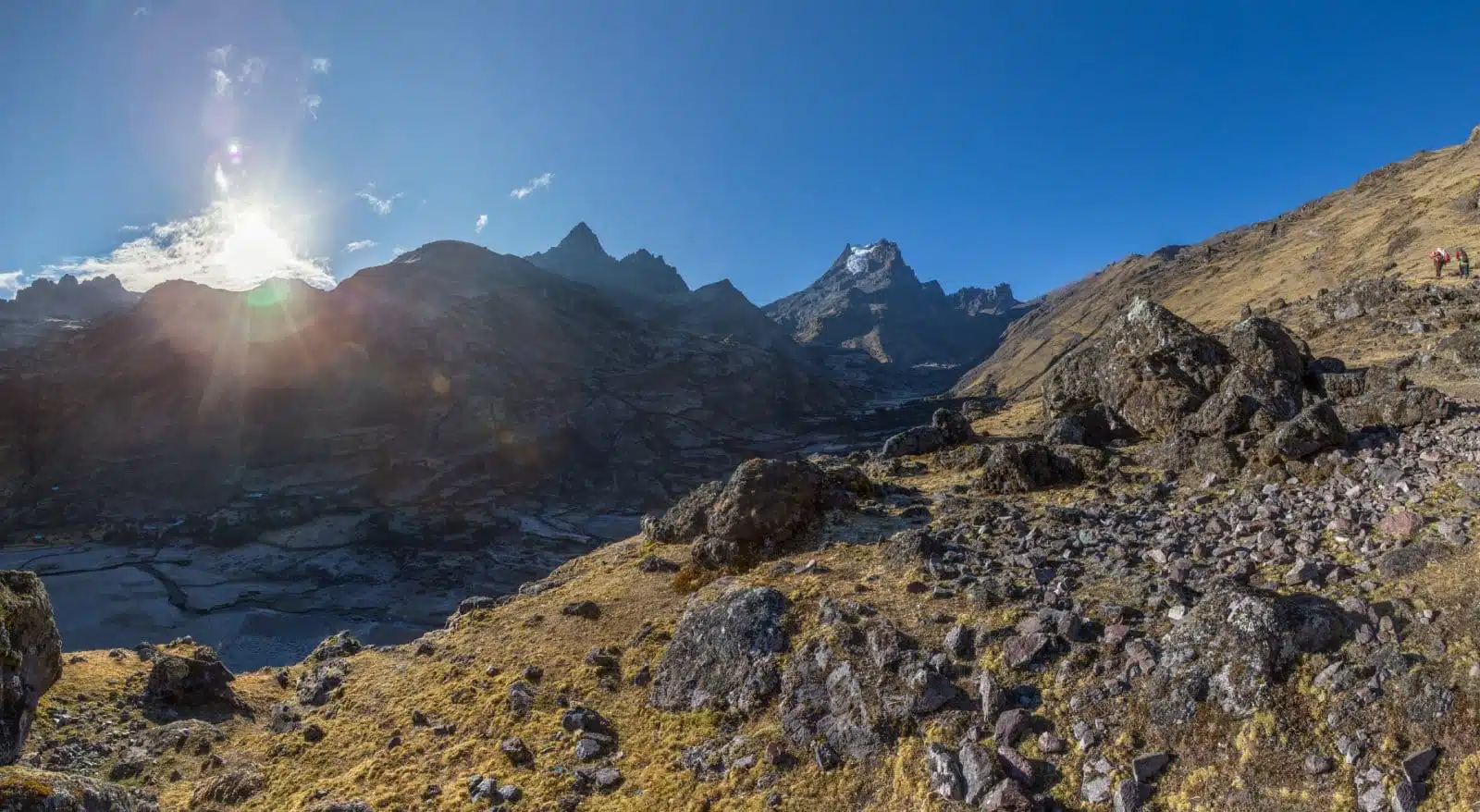
Image Credit: Shutterstock / Potifor
The Lares Trek is an alternative to the Inca Trail that offers a deeper cultural immersion into the lives of Andean communities. This three to four-day trek takes you through stunning mountain scenery, past glacial lakes, and into the heart of remote Quechua villages. The trek supports local economies through homestays and cultural exchanges, allowing trekkers to learn about traditional weaving, agriculture, and community life.
Insider’s Tip: Opt for a trek that includes a visit to a local school or a community project. Participating in or contributing to these initiatives can make your trek more meaningful.
When to Travel: Opt for the dry season months, from May to September, for the most pleasant trekking conditions.
How to Get There: The trek starts from the town of Lares, approximately a three-hour drive from Cusco. Most trekkers book through a tour operator in Cusco, which includes transportation to Lares.
8. The Salkantay Trek, Peru
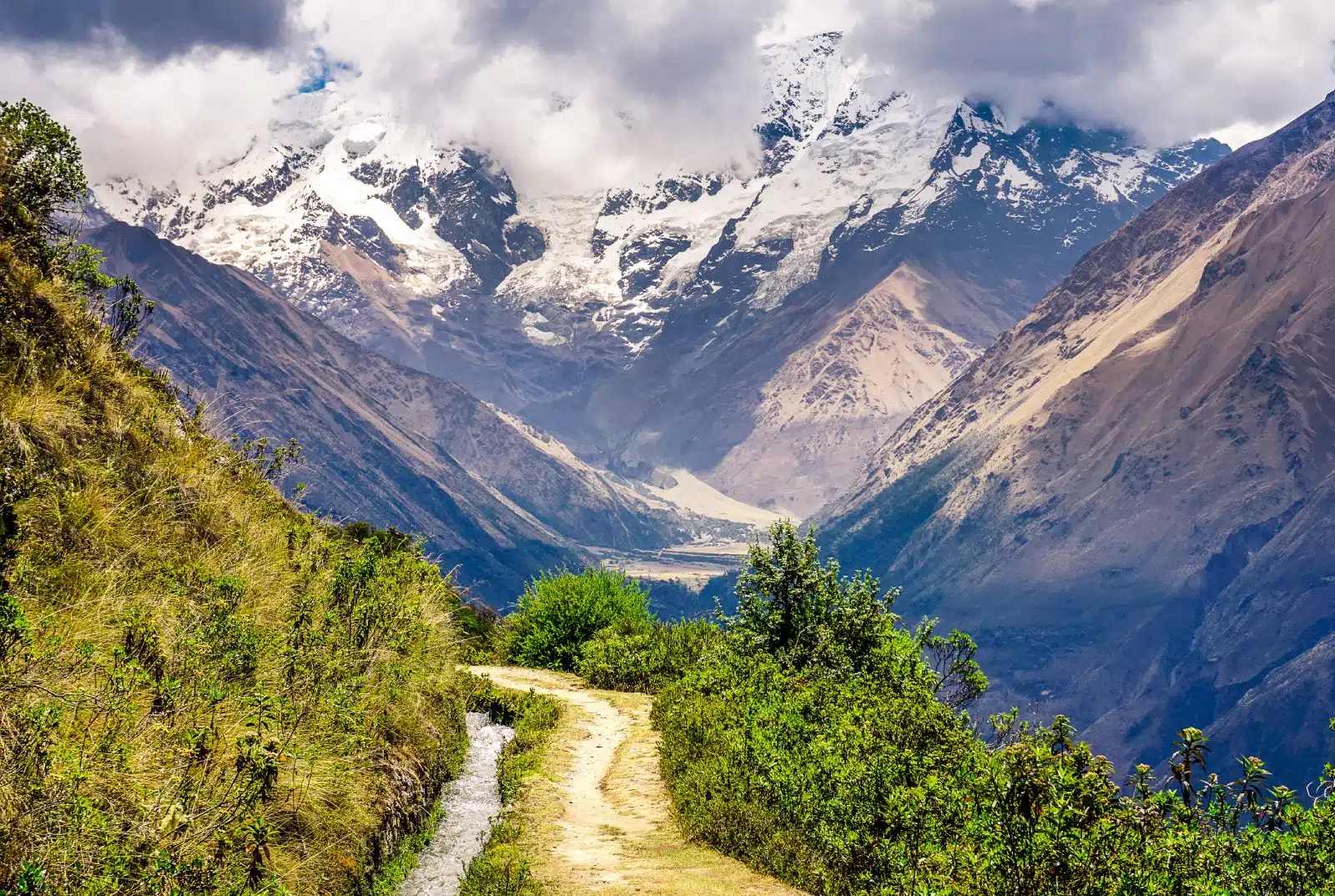
Image Credit: Shutterstock / Scott Biales DitchTheMap
The Salkantay Trek is a popular alternative to the Inca Trail, offering a five-day journey through diverse ecosystems, from high-alpine landscapes to tropical forests, with a stunning view of the Salkantay Mountain. This trek supports eco-friendly practices and local communities by utilizing sustainable campsites and engaging local guides who share their knowledge of the region’s flora, fauna, and Inca history.
Insider’s Tip: Ensure you travel with an eco-conscious tour operator that prioritizes minimizing environmental impact and supports local conservation efforts.
When to Travel: The dry season, from May to September, offers the best conditions for trekking, with clearer skies and lower risk of rain.
How to Get There: The trek begins near Mollepata, a short drive from Cusco. Trekkers typically book with a Cusco-based tour operator, which includes transportation to the starting point.
9. The Transmantiqueira Trail, Brazil
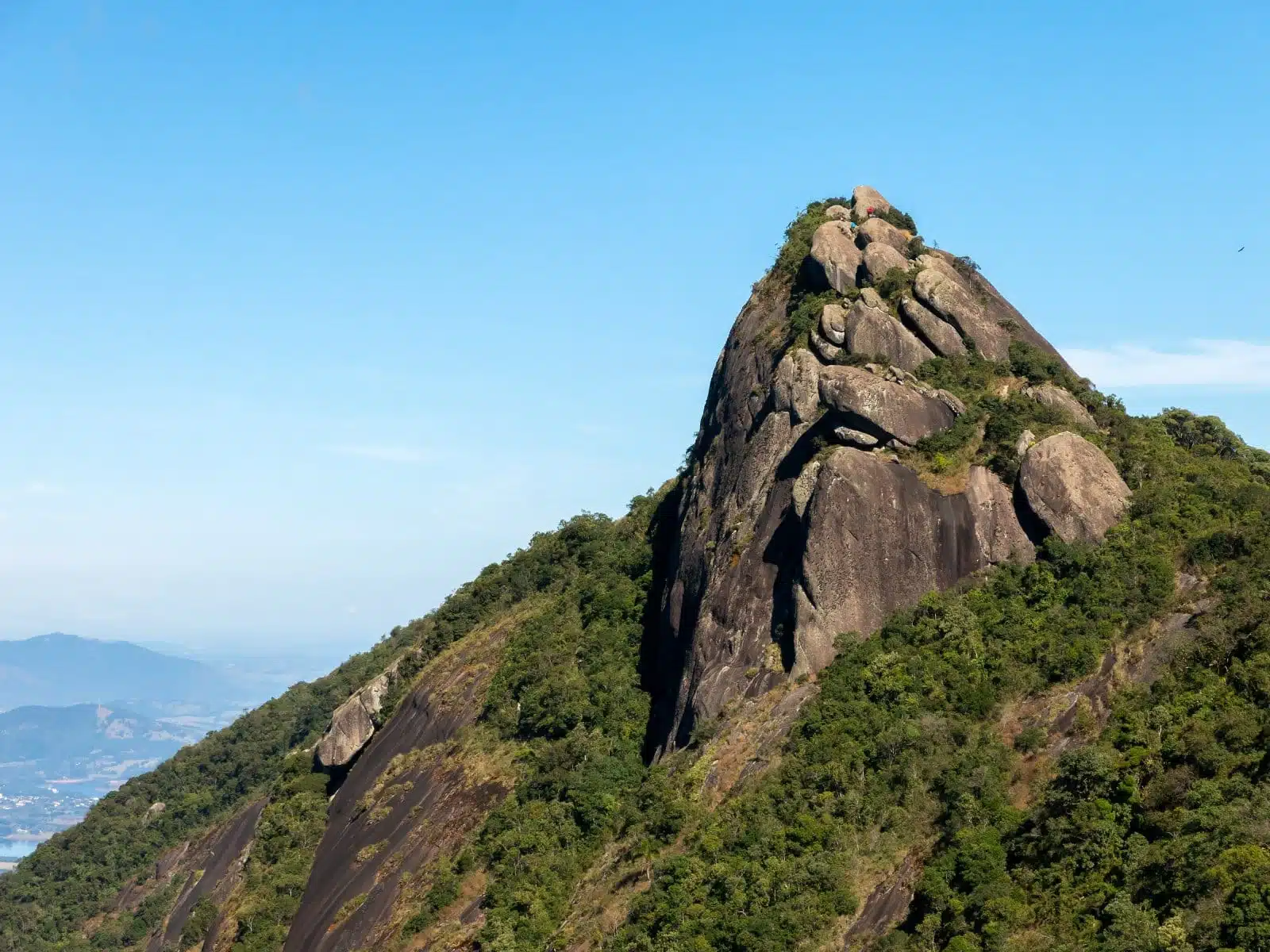
Image Credit: Shutterstock / Tacio Philip Sansonovski
The Transmantiqueira Trail is a long-distance trek that crosses the Mantiqueira mountain range, offering hikers the chance to explore Brazil’s Atlantic Forest, one of the world’s most biodiverse ecosystems. This trek promotes environmental conservation and sustainable development by involving local communities in ecotourism and supporting reforestation projects along the trail.
Insider’s Tip: Engage with local conservation projects along the trail. Planting trees or learning about local flora and fauna can enhance your trekking experience.
When to Travel: The trek can be done year-round, but the drier winter months from April to September are generally more comfortable and offer clearer views.
How to Get There: The trail spans across the Mantiqueira mountain range. Access points vary, but many trekkers start from cities like São Paulo or Rio de Janeiro, taking local transportation to smaller towns closer to the trail segments they wish to hike.
10. The Coffee Region Trek, Colombia
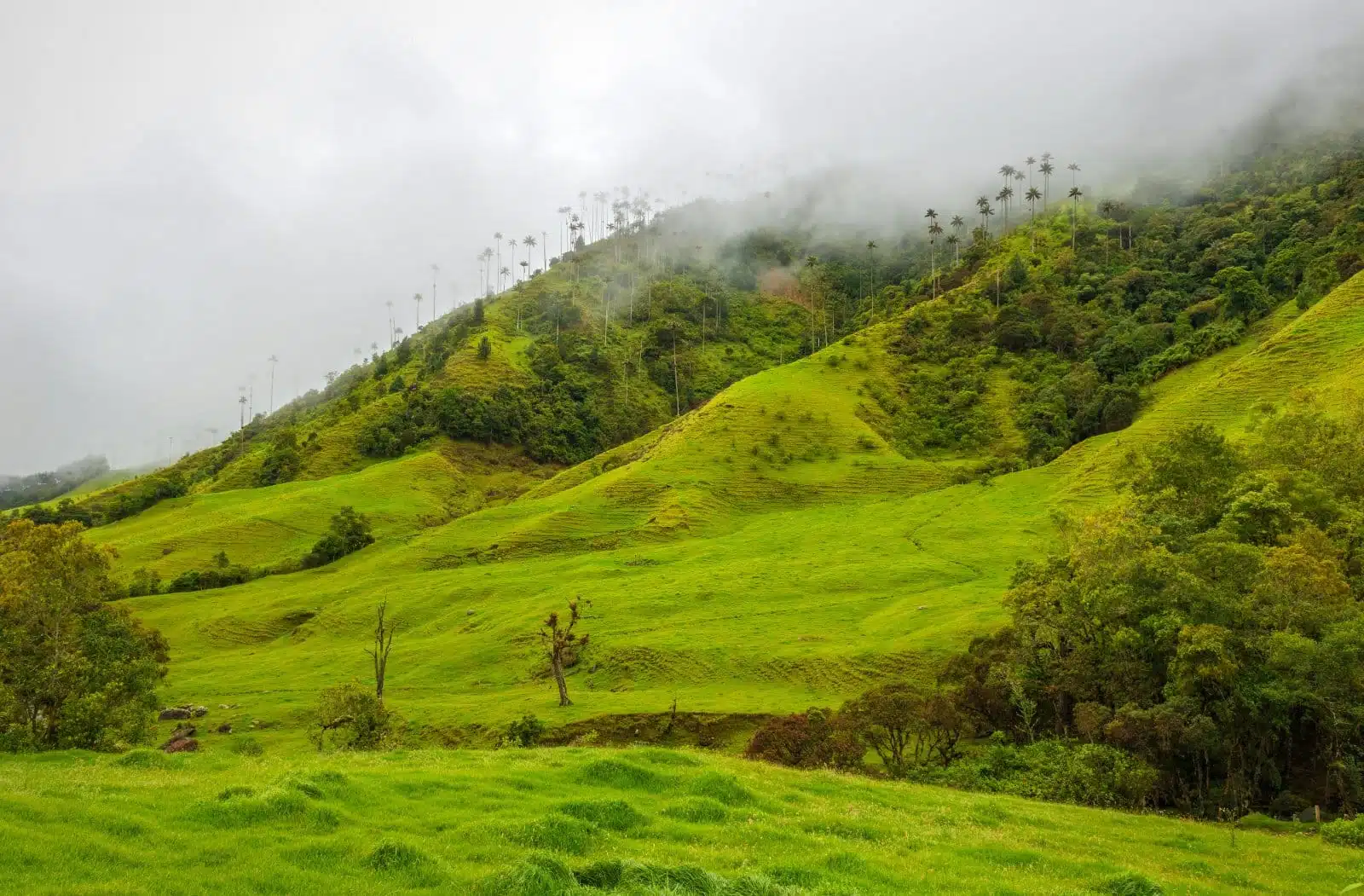
Image Credit: Shutterstock / SL-Photography
Trekking through Colombia’s Coffee Region not only offers stunning landscapes of coffee plantations and cloud forests but also provides insights into the coffee production process and the local culture. This trek supports local farmers and communities by promoting responsible tourism practices and direct trade, allowing visitors to learn about sustainable coffee cultivation.
Insider’s Tip: Purchase coffee directly from local producers to support the community and enjoy authentic Colombian coffee at its source.
When to Travel: The region is known for its temperate climate year-round, but the driest months are December to March, making it an ideal period for trekking.
How to Get There: The trek through Colombia’s coffee region can start from various points, but many begin near Salento, a town accessible by bus from major cities like Medellín or Bogotá.
The Bottom Line
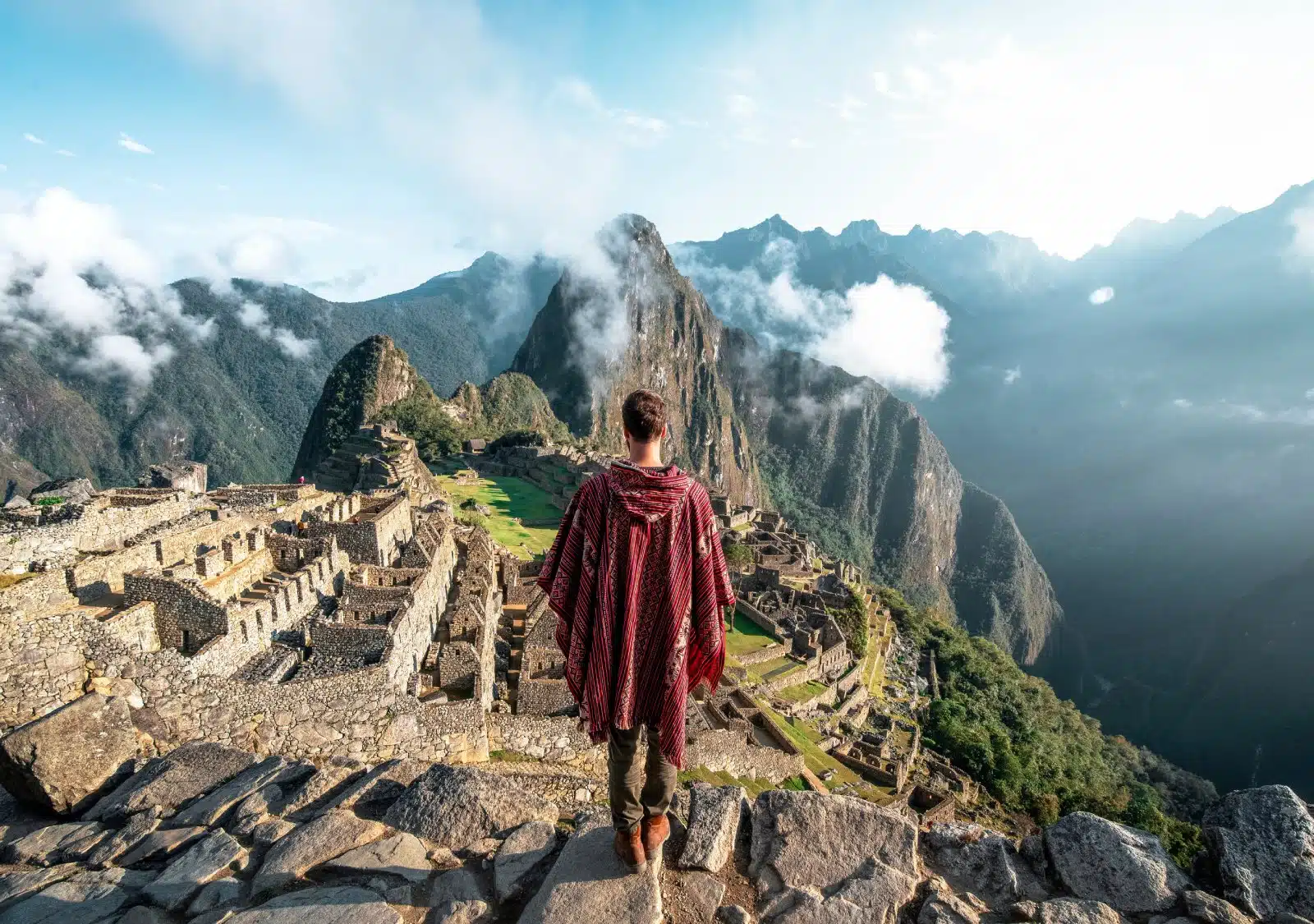
Image Credit: Shutterstock / MarinaTP
Trekking across the Andes with purpose goes beyond the physical journey—it’s an opportunity to connect with the land and its people in a meaningful way. By choosing treks that offer cultural immersion and support local communities, you contribute to the preservation of these magnificent landscapes and the traditions that have flourished around them. Whether you’re exploring ancient Inca trails, descending into lush forests, or learning about traditional practices, your journey across the Andes can positively impact both you and the regions you visit. Remember, the most rewarding adventures are those that respect the environment and enrich local communities.
More From The Green Voyage
Top 10 Trending Travel Destinations 2024
6 Essential Banking Apps for International Travel – Managing Your Finances on the Go
Traveling With Kids – 10 Tips to Create Memorable Family Holidays
The post Trekking the Andes with Purpose 2024 first appeared on The Green Voyage.
Featured Image Credit: Shutterstock / Samuel Ericksen.
For transparency, this content was partly developed with AI assistance and carefully curated by an experienced editor to be informative and ensure accuracy.
Tips for Trip Success
Book Your Flight
Find an inexpensive flight by using Kayak, a favorite of ours because it regularly returns less expensive flight options from a variety of airlines.
Book Your Hotel or Special Accommodation
We are big fans of Booking.com. We like their review system and photos. If we want to see more reviews and additional booking options, we go to Expedia.
You Need Travel Insurance!
Good travel insurance means having total peace of mind. Travel insurance protects you when your medical insurance often will not and better than what you get from your credit card. It will provide comprehensive coverage should you need medical treatment or return to the United States, compensation for trip interruption, baggage loss, and other situations.Find the Perfect Insurance Plan for Your Trip
